Quilted jackets are the hit of winter
A quilted jacket or vest becomes an immortal piece on city streets. Some of their passions have fallen and they won't let them go. Others say to themselves - why buy such a puffy jacket if I will look like a teddy bear in it?
The answer to that is quite simple. Winter and autumn quilted jackets will protect us from morning cold, unpleasant fog, cold afternoons and cold nights. Quilted jackets with a batting insert will prevent the effects of the weather that lie in wait for us in autumn and winter. Quilted clothing will become a favorite item even among the biggest opponents of puffy jackets.
What to sew from quilting
Vest for outdoor activities
A vest for outdoor activities is one typical example of a garment where the stitching stands out. The lining is specific for its ability to insulate well, but at the same time it is light and flexible. Polyester is often an alternative to quilting. This material is popular for its resistance to moisture and easy maintenance. So you can wear a polyester vest on a hike even in the rain and it won't stick to your body.
Outdoor jacket
The outdoor quilted jacket is not only stylish, but also practical. This material is wind resistant and offers good thermal insulation without being too heavy. Wool , known for its natural ability to insulate heat while wicking moisture away from the body, is often used as an alternative. The woolen jacket thus provides excellent thermal comfort and is also suitable for people with sensitive skin.
Winter coat
A quilted winter coat is an ideal choice for the winter season. The seam offers a high level of thermal insulation and resists wind, which is essential for cold winter days. Fleece is another popular material for winter coats, as it is extremely durable and offers good thermal properties. The fleece coat is also waterproof, which is an advantage in adverse winter weather.
Windbreaker for outdoor activities
A quilted windbreaker is a great solution for outdoor activities. The seam is light but at the same time provides a good degree of thermal insulation and resists the wind. Nylon is another popular material for windbreakers. Nylon windbreakers are durable, lightweight and easy to pack, so you can easily store them in your backpack when you don't need them.
Now all you have to do is choose a plain or patterned jacket, sit down at the sewing machine and get to work. Autumn is here and winter is already knocking on the door.
Quilting properties
| Property | Property description | Intensity (1-5) |
|---|---|---|
| Water resistance | High water resistance, dries quickly | 5 |
| Tensile strength | High tensile strength | 5 |
| Shape stability, flexibility | High flexibility and dimensional stability | 5 |
| Aesthetic impression | Modern and sporty look | 4 |
| Color fastness | High color fastness, resists fading | 4 |
| Wear resistance | High resistance to wear and friction | 4 |
| Chemical resistance | Resistant to chemicals, including chlorine and salt | 4 |
| Resistance to mold and bacteria | Resistant to mold and bacteria | 4 |
| Weight and density | Lightweight material with high fiber density | 4 |
| Sense of touch | Slightly smooth and soft to the touch | 3 |
| Wind resistance | Moderate wind resistance | 3 |
How to work with quilting when sewing
When sewing from quilting, it is important to choose the right tools. The needles should be strong enough to pass through this sturdy material, but at the same time fine enough not to damage the structure of the fabric. Universal needles with a round tip, size 70/10 to 80/12, are recommended.
As for threads , threads made of synthetic materials such as polyester are suitable, which are durable and have good anti-friction properties. In addition, sewing machines should be equipped with special teeth that help with the uniform movement of the fabric.
- Material processing
Stitching can be a bit more difficult to cut due to its layers and texture, but with the right tool it can be done without any problems. Special scissors with long blades are suitable for precise cutting of this material.
Seam stitching takes some skill, but it's doable. It is important to keep the fabric straight and not move while sewing.
Maintenance and handling of quilting fabric
- The washing will go through
Washing the quilt requires some care. Most quilted products can be machine washed on a gentle cycle at a low temperature. However, you should avoid using fabric softener, which can damage the material.
- Ironing the seam
Ironing the seam is usually not necessary and is even not recommended. This material tends to melt at high temperatures. If it is necessary to smooth out wrinkles, it is recommended to use a steamer at a low temperature and keep it at a safe distance from the fabric.
- Drying the quilt
It is best to dry the quilt in the air. The dryer can cause shrinkage and damage to the material structure. It is best to lay the product on a towel and let it dry naturally. It is not recommended to expose the stitching to direct sunlight, which could cause the color to fade.
- Quilt storage
When storing quilted products, it is important to ensure that they are stored in a dry and ventilated place. The material should be stacked loosely, without heavy objects on it that could cause permanent deformation. To protect against pests such as moths, it is a good idea to use natural repellants, such as cedar balls.
photo: pinterest.com

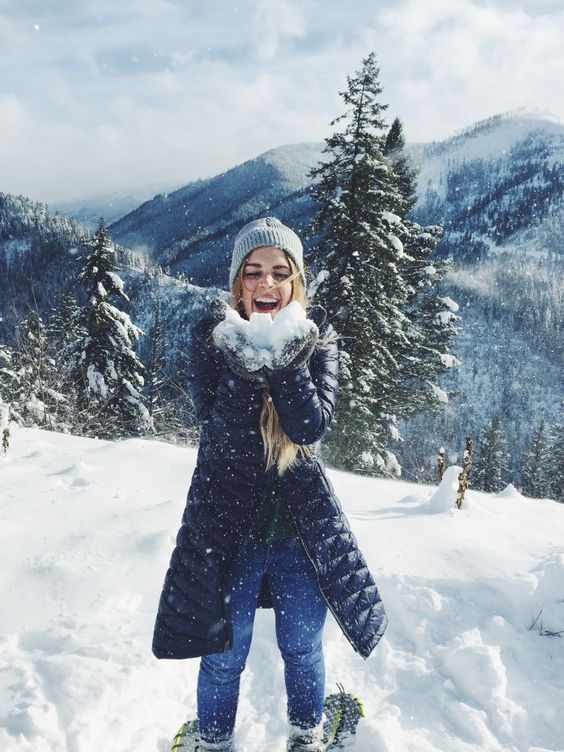
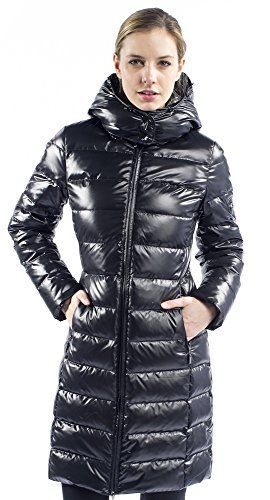

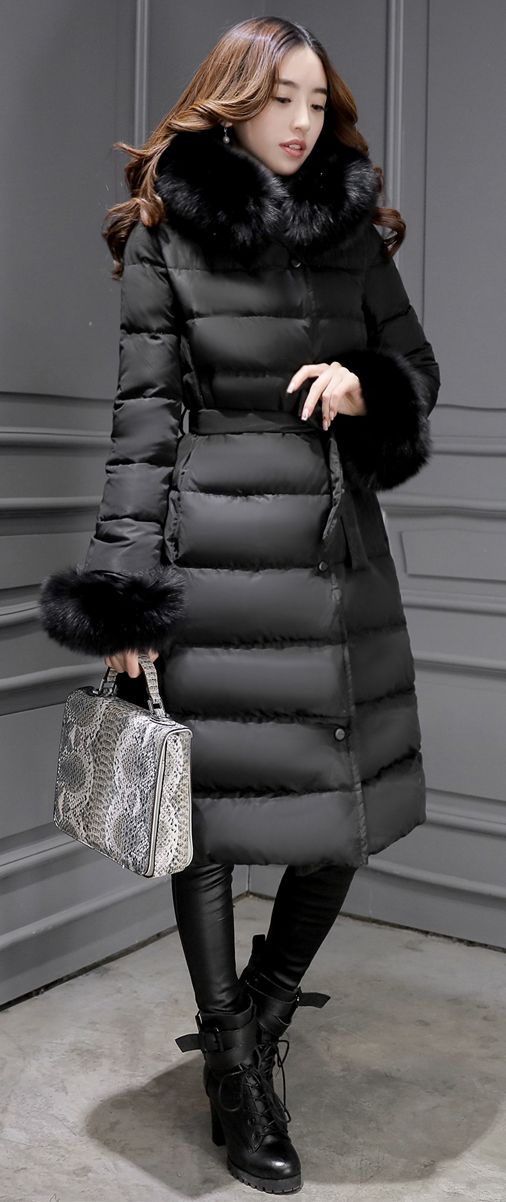
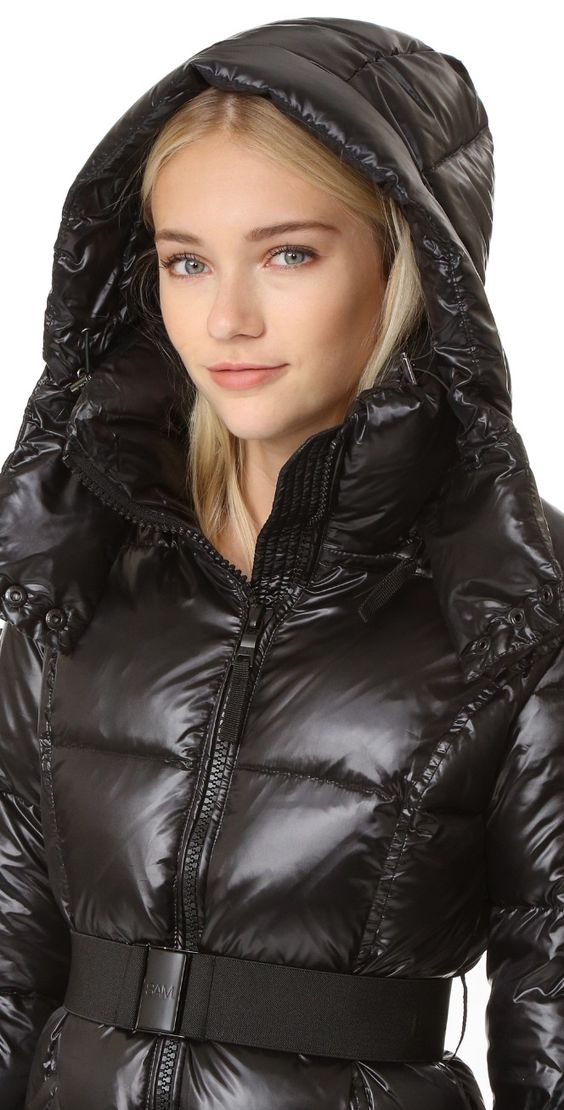
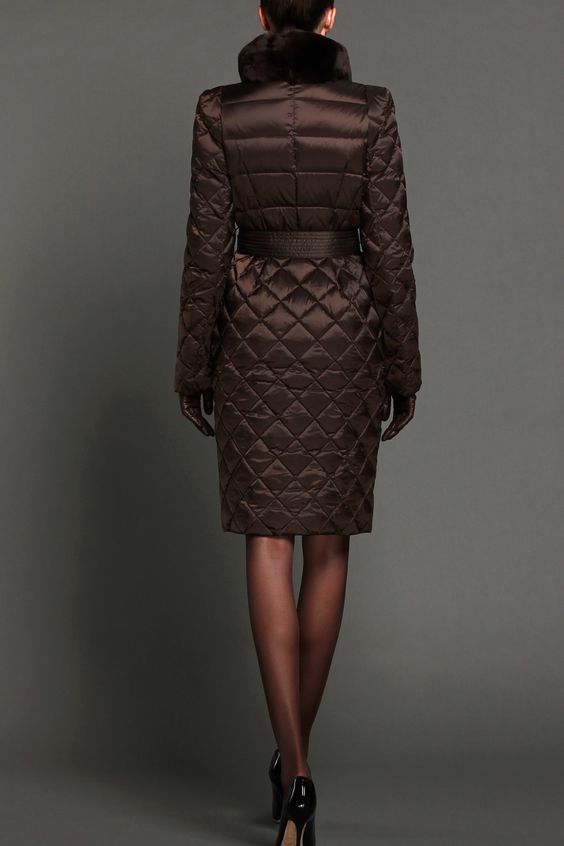
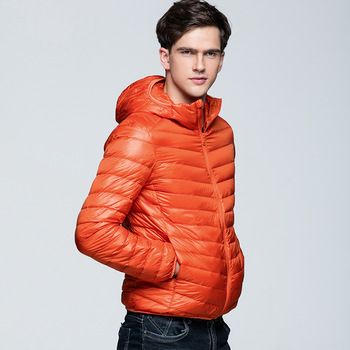
This online store stores cookies that help it function properly. By using our services, you agree to their use.